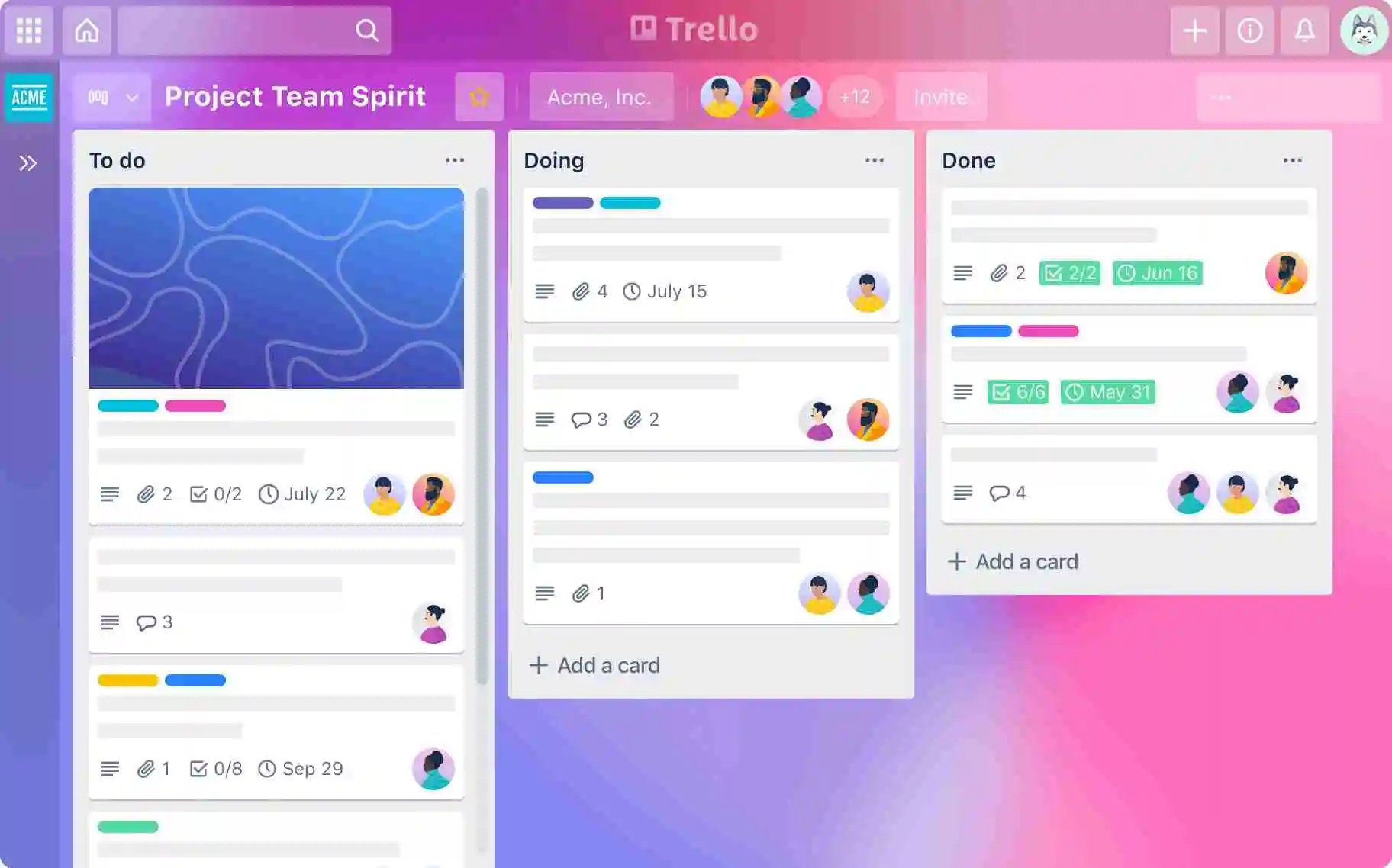Most people recognize the importance of planning and organizing workflow, but few know how to do it effectively. Improving work planning can contribute to your employees feeling empowered and in control of their own workload. As a result, this will set your teams out to achieve higher-productivity rates, enhance collaboration, and improve the success rate of projects throughout your organization.
Why Work Planning is Important
Without work planning and structure, teams can become distracted, deadlines can be missed, multitasking rates can increase, and ultimately teams can become disengaged. No matter how skilled and experienced team members are, they must be guided as a part of a larger team to cohesively complete projects.
This requires a high-level work planning process that is cascaded from the company's vision to the strategy, throughout management to team-level management, and then implemented to existing work plans and the creation of new ones. In order to improve work planning awareness, Flowtrace has created these recommendations:
Immediate
Share plans and roadmaps instantly and then regularly with your team
There is nothing worse than huge/complex projects hitting you without warning, putting your plans and timelines in jeopardy. When you plan work and establish roadmaps, share them with the teams involved. This will in effect give them a heads-up so they can plan ahead. Let them know how much workload there is, the timeframe for completion, expectations, and any other useful information that you feel they should know.
Gather regular feedback to make improvements to your plans
Feedback should be obtained at all stages of work planning. In order to refine the process and optimize it to your team's strengths, you should involve them. This should be an opportunity to clarify any factors that aren't clear, uncover missed dependencies, check if they have the tools to do the work, and if the general plan process is feasible from their point of view - for example, would a certain stage be more efficient if it was completed before another. You could also incorporate feedback gathering into your Scrum, Kanban, or similar planning process already in place.

Short term
Brainstorm work planning with involved teams
Brainstorming sessions can help stimulate new ideas, resolve hidden issues, and give teams the opportunity to feel valued as contributors - which in turn can offer boosted motivation. This can be done multiple times to refine planning and ensure that it is optimized and effective. Ensure that only affected teams are involved, or brainstorming could actually result in a negative outcome for the actual involved teams.
Use project management boards for work planning and visibility
Project management boards such as Jira, Monday, and Asana can offer many benefits when it comes to work planning. For example, startup SaaS companies commonly utilize project management tools to outline their roadmaps for future tasks and estimated completion dates. You could create boards with future projects, suggestion columns, encourage feedback, and also assign future tasks to teams so they know who is working on what.

Long Term
Create roadmaps that are open and transparent across the business
You should create roadmaps for an organization as a whole, but broken down into functional, and team-level roadmaps. This will outline what each individual department has coming up but allows teams to visualize other teams that will be depending on them and can help to improve collaboration.
Scrutinize plans with teams, and ensure skills
Review and examine work plans consistently to ensure the structure and flow is correct, but also that all necessary skill gaps are filled. From a personal perspective, you might not necessarily see a skill gap, but the team itself might feel lacking in a certain area and require more training/support in order to complete the project successfully.
Implement consistent use of a planning framework(s)
There are loads of planning and work cycle frameworks. It’s better not to invent the wheel but take a framework and adapt it to your context. You should consider Scrum and Kanban for iterative planning, OKRs or 4DX for company alignment, and Googling for wide frameworks for your given work task in hand.
ESTABLISHING 2-WAY PLANNING PROCESS
Establishing a clear process and structure where information flows from the bottom to the top and vice versa is essential for work planning. It ensures that all levels of teams are aware of the roadmaps and criteria for success, removing guesswork and even frustrations from missed information.

Starting planning work can be a daunting task, but it doesn't have to be. Utilizing the Flowtrace recommendations and best practices we've outlined in this article will help you create an effective planning system that works for your team. Remember to gather feedback regularly, brainstorm with teams, use project management boards, define success criteria, and address any potential roadblocks.
